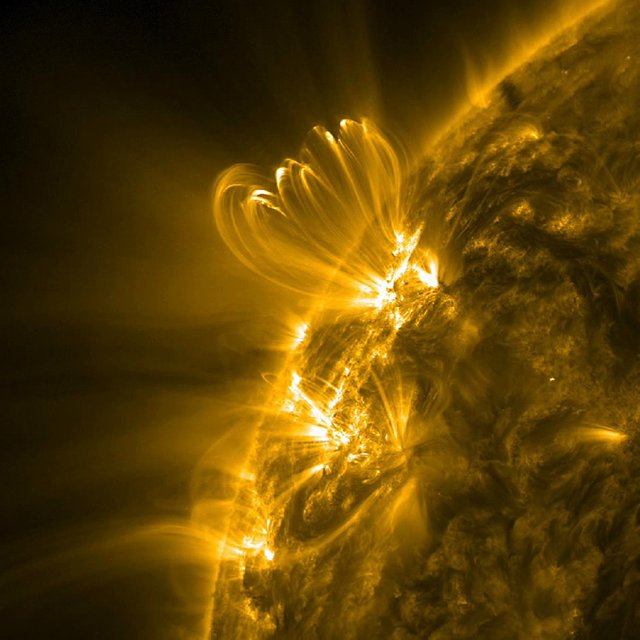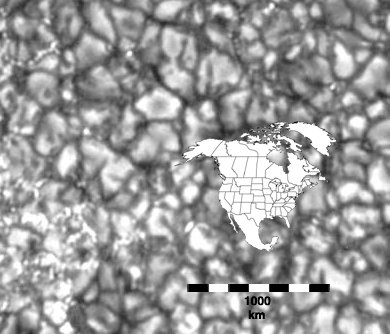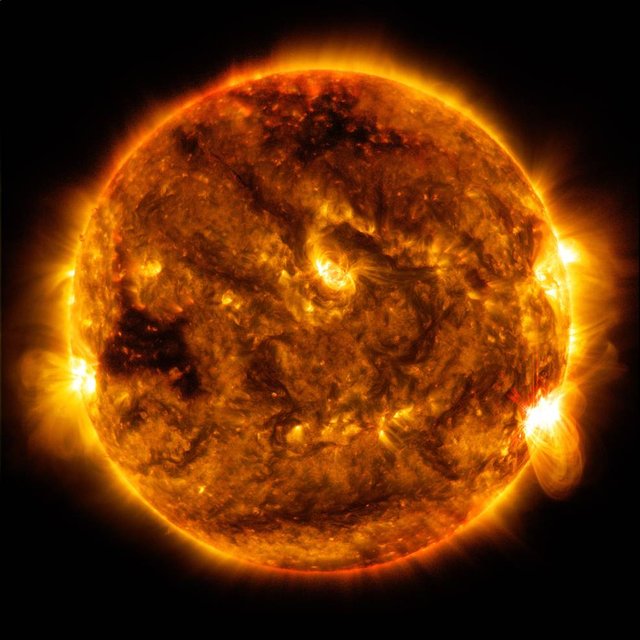(Advanced) How the Sun Works: Part 2
In my recent article I left off by explaining how the Proton-Proton chain reaction works. Or at least, I explained one piece of it.
There are actually a few branches of this chain that I refrained from bringing into the discussion for time's sake. But now As we move on the the more outer layer workings of the sun, it's important to also cover the other paths for fully ionized matter to take in the core of our star.
The proton proton chain has 3, (Maybe 4), branches that create energy. The first branch is by far the most abundant within the Sun, producing around 89% of all the energy. Specifically, the fusion of protons to create deuterium ,(H2), is responsible for a little over 10% of the total energy, H2+H1 to make He3 creates a little under 40%, and nearly another 40% comes from when two He3's combine to form He4.
(Stats from here: https://www.forbes.com/sites/startswithabang/2017/09/05/the-suns-energy-doesnt-come-from-fusing-hydrogen-into-helium-mostly/#57c3ea2970f9 )
But just under 11% of the energy output is still missing, and that's where other branches of the chain come in. Branch 2 specifically, is the final reaches of the Sun, for now at least.
In this branch, the beginning is similar, two H1's into a deuterium, deuterium+H1 gets an He3. We consider all of these parts however to be a part of branch 1, but after this, branch 2 can happen and it gets a bit heavier.
Naturally it's more energetically easy to fuse two He3 atoms. But when the temperature gets high enough, it is possible for an He3 to instead fuse with an He4. This fusion initially has 4 protons and 3 neutrons total, and thus adds up to the fourth element and creates a Beryllium atom, Beryllium-7.
But Beryllium-7 is not stable at all, following its creation it will be barely any time before one of the Protons decides to quit and turns into a neutron, releasing an electron neutrino as one of the electrons is kicked out, and of course yet another positron flies out fro the proton's lost charge.
However these resultants are minuscule, remember, the positrons and neutrino from H1+H1 fusion accounts for 10% of the energy, even though those reactions comprise 40% of all fusion that happens. With only 3% of He3's fusing with an He4, these parts are negligible.
Upon losing a protons the former Beryllium-7 is now Lithium-7, it it fine and stable but still won't last long before an H1 fuses with it, breaking it apart in a barely exothermic reaction and turning it all into two separate He4's.
About 11% of the energy comes from these alternate paths, namely the He3+He4 fusion into Beryllium-7.
As times goes by, this reaction chain will occur more and more within the Sun, the core continues to heat up as fusion increases in rate, by the point of having it's core reach 23 Million degrees kelvin, this would be the dominant reaction, meanwhile, at that point, the 3rd P-P chain branch would begin to occur. I'll leave this one out simply because it doesn't relate to the sun, at least, not in any frequency that matters. And the P-P branch 4 is not entirely known to exist.
Remember, when stars grow older, they can undergo even more types of fusion, the P-P chain is merely the main sequence way of fusing elements, even the Sun will eventually begin what's known as the CNO cycle, which forms Carbon, Oxygen, and Nitrogen. Beyond that, Massive stars can reach all the way up to Iron in their fusion processes.

NASA/SDO
So there you have it, the full story of how the sun fuses elements to generate unbelievable quantities of energy in its core. But now it is time to leave the core, as there is much more to know.
Lying right outside of the core is the radiative zone, stretching almost half of the remaining distance out. As the name suggest, this zone is where the Gamma-Ray's born in the core of the Sun make there way out by means of radiation. In this region the energy is too high for atoms to hold Gamma-Photons for very long, so no convection will occur. Rather, each photon will get absorbed into an atom, lose a bit of energy, than get spit back out. This process, plus getting out f the much denser core through radiation, takes a long time. Estimates give it up to 200,000 years for a photon to climb all the way out there.
This zone is very important to us here on Earth, if instead the sun simply shot Gamma-Rays straight from the core, we'd all get zapped with radiation, straight from the center. Meanwhile when all that excess energy gets absorbed, it gets toned down a bit into a bunch of photons in the range of low infrared up to Ultra violet light. All depending on how many atoms it happens to be absorbed by on the way out. Once it reaches a certain layer called the Tachocline, the transition from radiative to convective occurs. In this next zone, the energy levels are low enough that Atoms can hold on to photons, and when they do, the ones closer to the bottom of the convective zone, (top of the radiative zone), will heat up, and rise due to lower density. The gases in the convective zone rise in columns, similar to how water convection in hot springs happens. Only in this case, the columns are a quarter of a million Kilometers deep and as wide as the state of Texas.

NASA
The process is rapid, material rises up quickly and each new top layer will take only a few minutes to radiate its energy away and sink back down. This is the main source of sound on the Sun, yes, the Sun is loud. It's effectively equivalent in sound yield to a Jet turbine, but a few trillion times bigger. Although the sound is Infrasonic, (too low for human ears), if there was air between the Sun and Earth to carry that sound, it would effectively be a non-stop Earthquake as the Earth is bombarded low frequency sound like nothing we could even imagine. Good thing the air in space is so thin.
At the top of the convection layer lies the thin photosphere, the most commonly accepted "surface" for the Sun. It effectively is just the top of the convection layer, but it is what we see when we observe the Sun, (with eye protection, staring a the Sun without the naked eyes will cause permanent damage within 4 seconds, and permanent blindness within 8.

NASA/SDO
And with that, we'll leave things off here, there's much more to learn about the Sun's surface, Magnetic activity is incredibly important and in a few ways somewhat frightening, but this article is getting bulky, so we will save that aspect for next time.
Congratulations @astronomyizfun! You have completed the following achievement on the Steem blockchain and have been rewarded with new badge(s) :
Click here to view your Board of Honor
If you no longer want to receive notifications, reply to this comment with the word
STOPDo not miss the last post from @steemitboard: